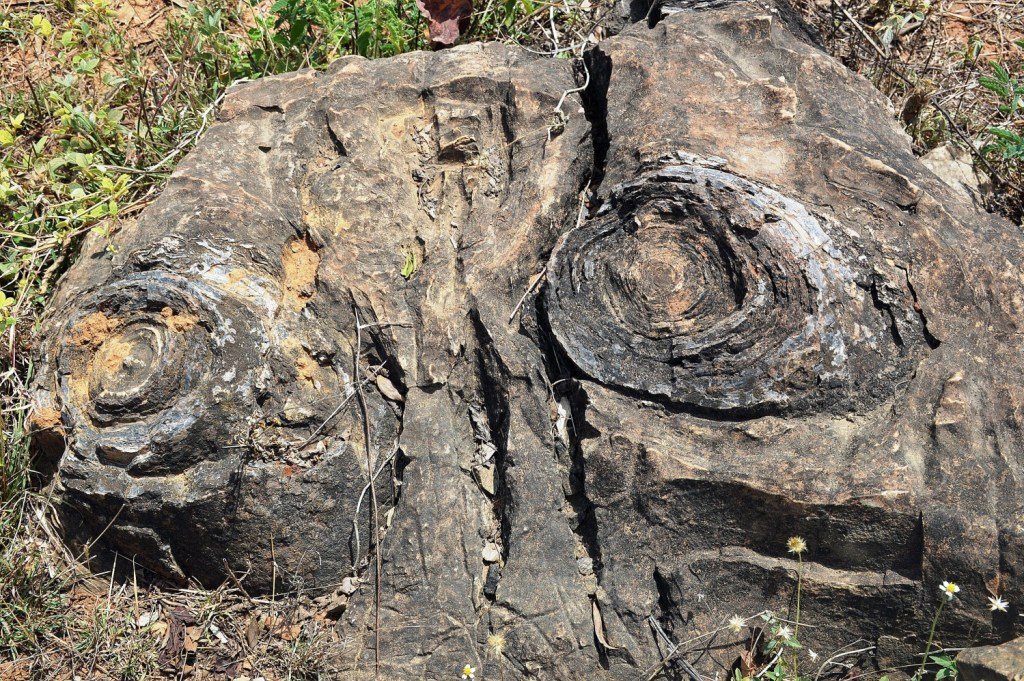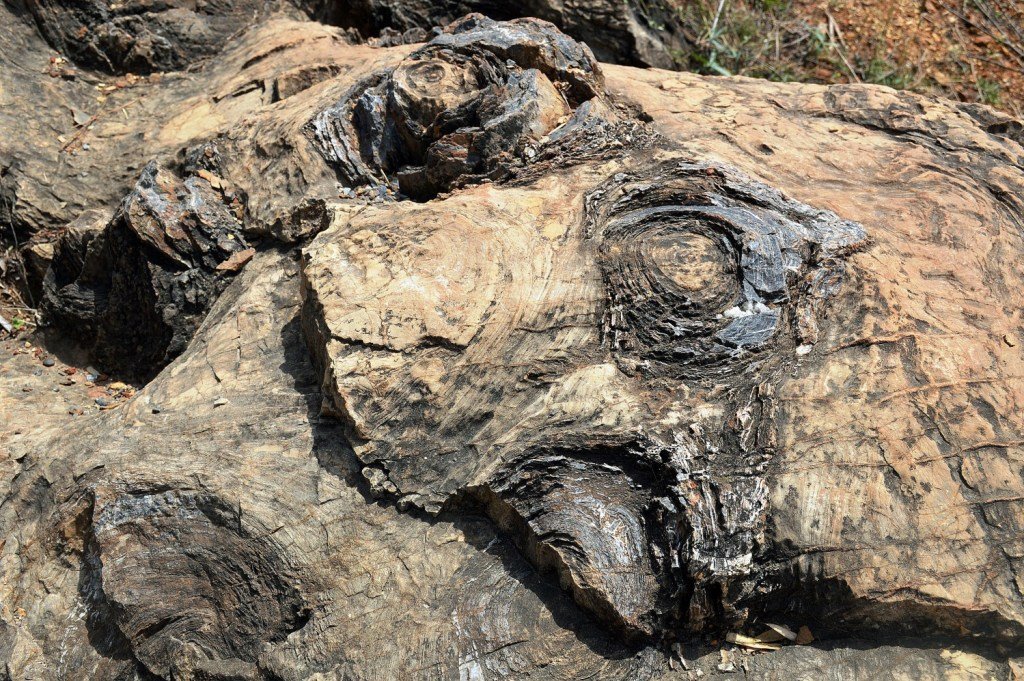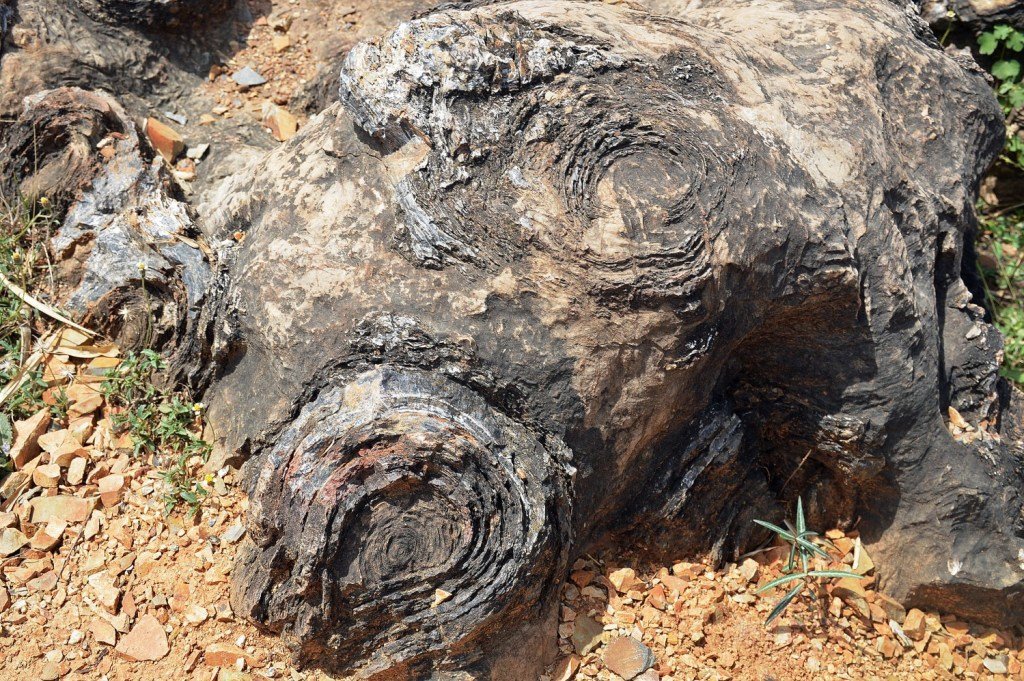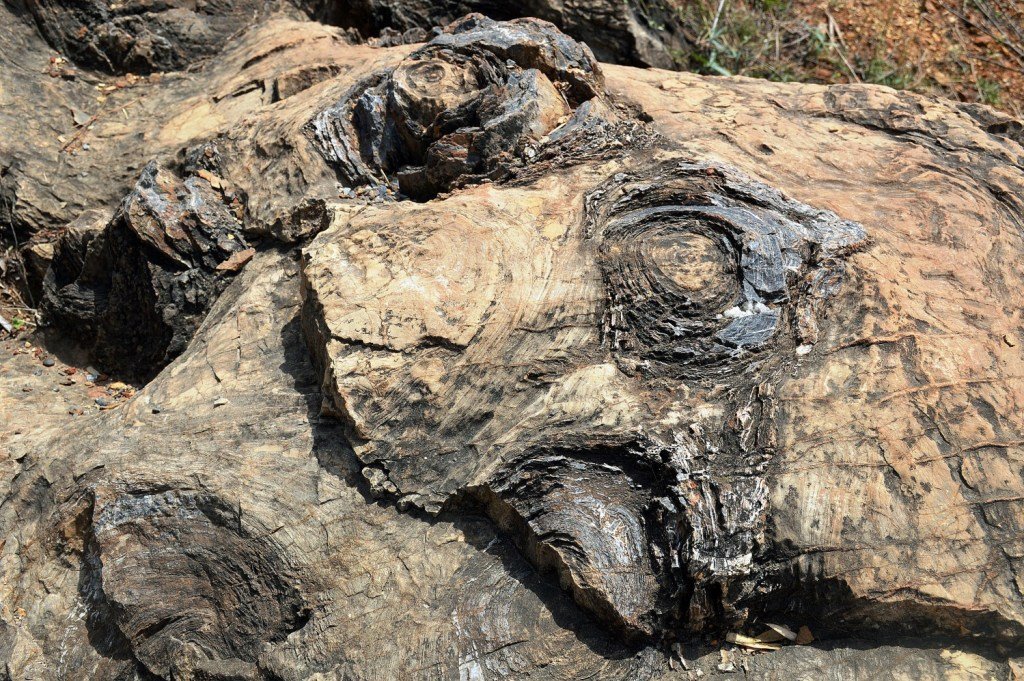Khursheed Dinshaw (India)
The Salkhan Fossil Park is situated within the state of Uttar Pradesh in India. Unfold over 25 hectares, it is a vital geoheritage website for stromatolites. These stromatolites have been recognized by Professor RC Misra and Professor S Kumar of the College of Lucknow.


Stromatolites are layered sedimentary formations created largely by photosynthetic microorganisms, akin to cyanobacteria and sulfate-reducing micro organism. These produce sticky compounds that cement sand and other rocky materials to form mineral “microbial mats”, which slowly build up, layer by layer, over time, such that a stromatolite may grow to a meter or more in size. They are extremely rare today, but famous examples can be seen at in Shark Bay in Western Australia, where the hyper-saline conditions prevent predators from consuming them, as they would in more normal marine conditions.


The stromatolites at Salkhan Fossil Park were formed during Mesoproterozoic, which is a geological era lasting from 1,600 to 1,000 million years ago (Figs. 1, 2, 3 and 4) and are remnants of cyanobacterial life cycle.


The stromatolites of the fossil park are made of silicates and calcium carbonate (Figs. 5, 6, 7, 8 and 9).They are preserved in fawn-coloured limestone, and both big and small types can be observed.


While the big limestone formations rise to almost a metre, the small columns at Salkhan are only a few centimetres in height. The stromatolites have a coniform shape and are approximately about 1.8 billion years old. At this time, the Vidhyan basin in the eastern part of Uttar Pradesh and also the western part of the states of Bihar, Jharkhand and some parts of Madhya Pradesh was under a sea. As sedimentation started and then continued for millions of years, stromatolites were formed in the region (Figs. 10, 11, 12, 13 and 14).


The limestone at the Fossil Park is well-developed, fine grained, dolomitic and cherty in places. The three main types of chert in the field include:
- bedded chert;
- stromatolitic chert; and
- cherty stromatolites.
The bedded chert, which lies below the stromatolites, is dense. It is black in colour. The stromatolitic chert either underlies or overlies the stromatolites themselves. The alternate dark and light chert bands have varying thickness. Fossils can be seen in the dark bands.


The black colour of the dark chert bands indicates the presence of organic matter. Microfossils are confined to the dark stromatolites. There are 14 genera, 21 species and six unnamed forms in the Salkhan microbiota. The Salkhan microfossils were studied by optical microscopy using transmitted as well as polarized light. Their sizes were measured using an eyepiece micrometer.


All photographs are by Khursheed Dinshaw
Trending Products










